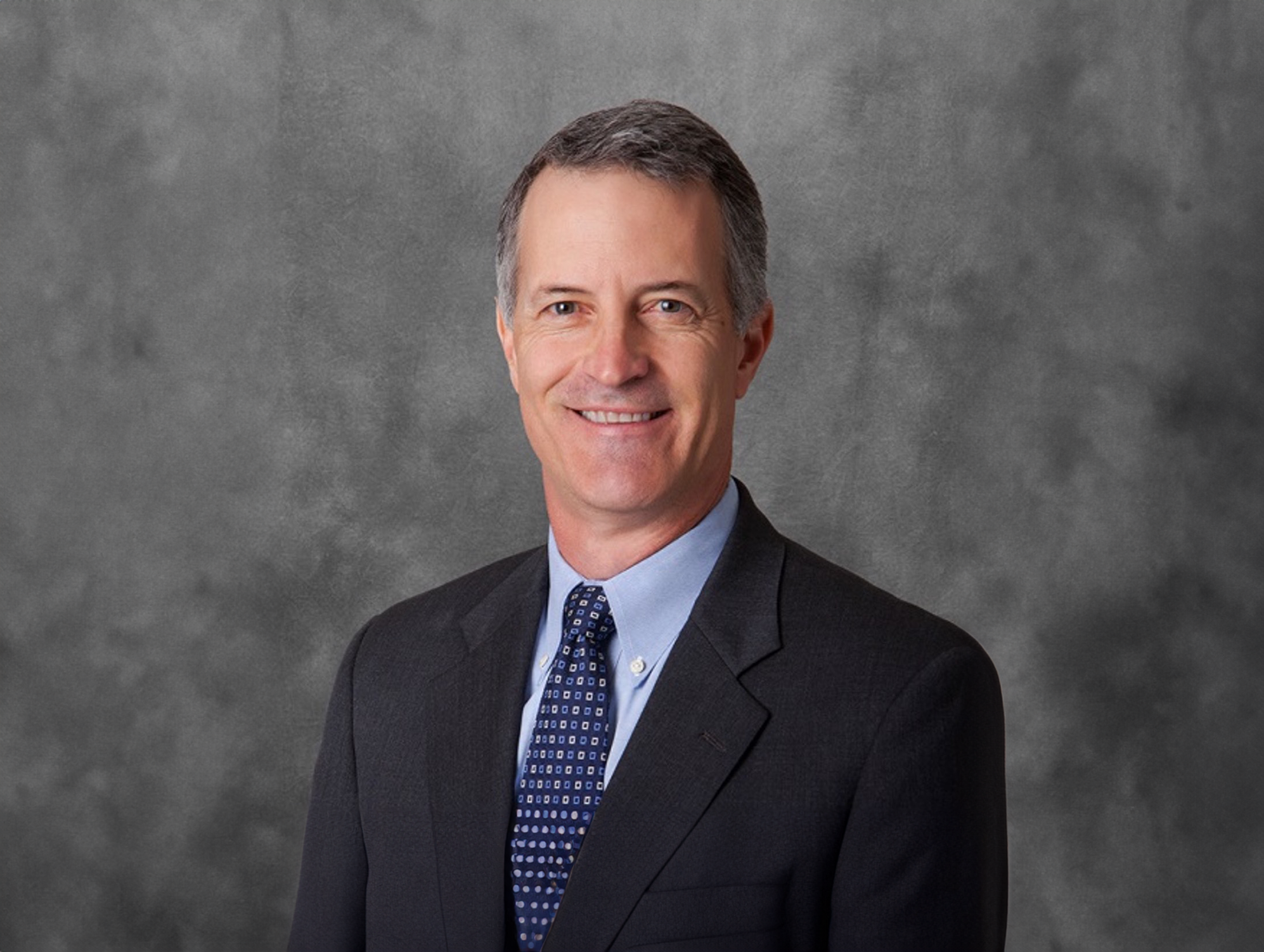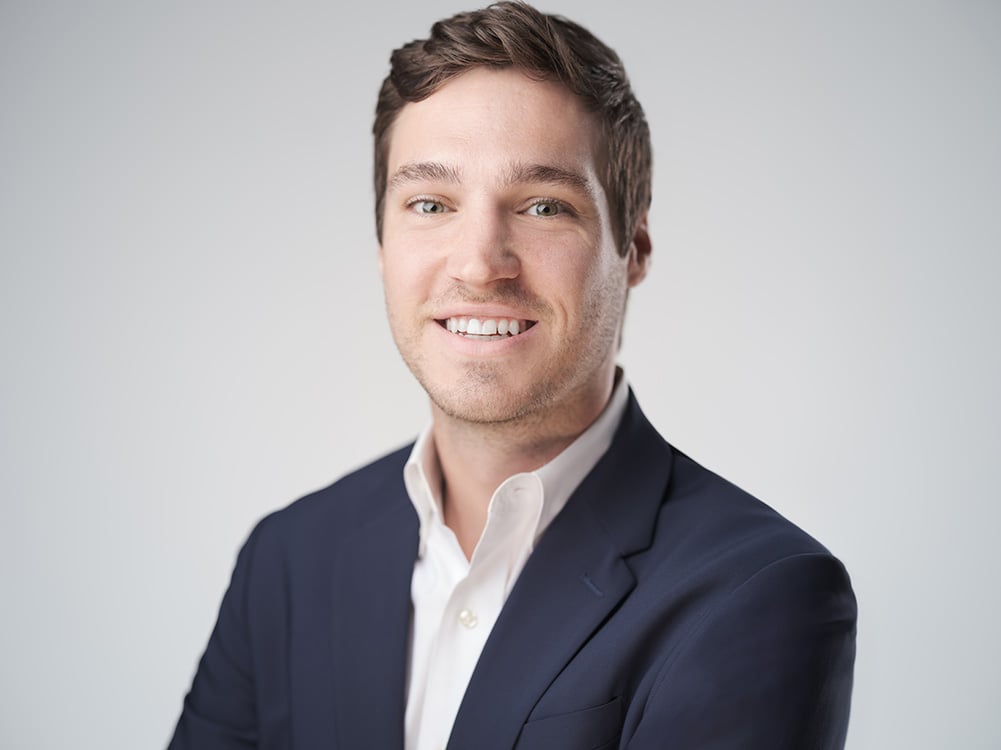In the latest installment of McChrystal Group’s Senior Advisor Interview Series, Steve Mais dives into how his decades of experience in human resources helped him and his organizations stay ahead amid the rapidly evolving landscape of attracting and retaining people. Mais also highlights the need for an organization’s strategy regarding its people to be a core tenet of its overarching strategy.
In the following Q&A, McChrystal Group senior advisor Steve Mais outlines his experience playing the role of trusted advisor to leaders in the various roles he has played throughout his career, as well as how leaders can fully leverage their organization’s human resources teams to develop and implement holistic people-focused strategies.
Q: What does it mean to you to be a trusted advisor and how did that play out in your relationship with various CEOs throughout your career?
A: Somebody told me this one time, which I thought was an interesting way to look at it, they said you get a financial advisor because you don’t have enough time or capabilities to think about all the things that a financial advisor will think about for you with respect to how you manage your portfolio. You get a human resources advisor because of the same rationale.
A CEO simply doesn’t have the time to think about all the nuances of the senior leadership team, team effectiveness, senior leadership succession, and then more broadly, organizational dynamics and leadership development and things that are enterprise-wide. You hire somebody in HR to think about those things for you and you hopefully trust them to think about those things in a way that is consistent with the way you want to lead.
Q: How were you able to wrap your arms around the enterprise-wide HR picture and then turn that perspective into actionable intelligence that helps the CEO and helps senior leaders do their job better?
A: It certainly doesn’t happen overnight. Being able to connect and network is critical. You’re asking people for their point of view on what’s working and what’s not working. You’re trying to use whatever intuition you have to probe on things you might think are issues and you develop an understanding of who’s a thought leader in the organization and who has their finger on the pulse.
Then you mine those relationships very proactively. You make it a point to develop this privileged relationship with as many people in the organization who are thought leaders as you possibly can. Then you take that information, and you package it in a fashion that allows you to let the CEO see around corners they ordinarily wouldn’t have seen around had you not offered that point of view.
You’re working with your leadership team to make them more effective. You’re helping them behave as a unit. You’re helping them make important staffing decisions around who’s adding a lot of value. You’re trying to bring to their attention those that may not be adding as much value for whatever reason and make them more effective or allow them to do something different that better suits their skills and career pursuits. It’s about maximizing the people you have.
Q: What are the major changes you have seen throughout your time in human resources when it comes to how the function is viewed within an organization?
A: I’m proud of the way the function has generally evolved. When I started 30 years ago it had a reputation as being administrative and a bit wonky and a bit subservient. Now, it’s generally regarded as a highly valued function that is responsible for the lifeblood of the talent that comes into your organization, the culture that gets created, the ability to align an organization to execute its strategy and be able to artfully communicate what’s important and what’s not.
Q: What’s your experience with leader development programs, and how does their construction make a difference in terms of impact?
A: Over the course of my career, I was able to see how these programs could take shape and help develop the next cohort of leaders at my organization, so much so that the current CEO came out of the inaugural class of a leadership development program.
One program in particular started out as a three-day event where the senior leaders could talk to us openly about the challenges in their roles that they were facing. They were small groups, about 12 to 15 people, giving it the feel of a one-on-one relationship where coaching and learning could take place.
They were quite intimate, and we had a lot of time with the senior leadership team, so it humanized the team in a way that I thought was culturally significant. It was not just important to them, but it was important for the organization as there was a tremendous reciprocal benefit for the senior leadership team to see the quality of work that was being done on their behalf across the organization that otherwise they would not see.
That also taught them how to work in teams and gave them a sense of a cohort that they never had before because now they’ve worked with these people, and they develop skills in areas outside of their functional expertise. That was a piece of the program that is a real ancillary benefit and one I think any organization looking to develop one of these programs can hope to get out of it.
Q: Can you speak about the importance of bringing teams together and how leaders can be intentional about doing so?
A: I think at a minimum leadership of any large organization needs to get together in person at least once every 12 months as part of their annual operating rhythm to demonstrate progress from the previous year and cascade it into the next annual operating plan. Then it serves as the way in which you communicate how you are setting your agenda for the following year.
What I wanted to do with such meetings was to make sure that every one of the functional leaders and every one of the operational leaders was demonstrating to the rest of the organization alignment around that agenda or theme, because if I have all of them saying the same thing about this collectively, what we’ve agreed to from an objective standpoint, I wanted that meeting to be the launch point. That was my way to make sure we had uniformity of message and the consistency to execute a plan that we had all put in place as a leadership team.




